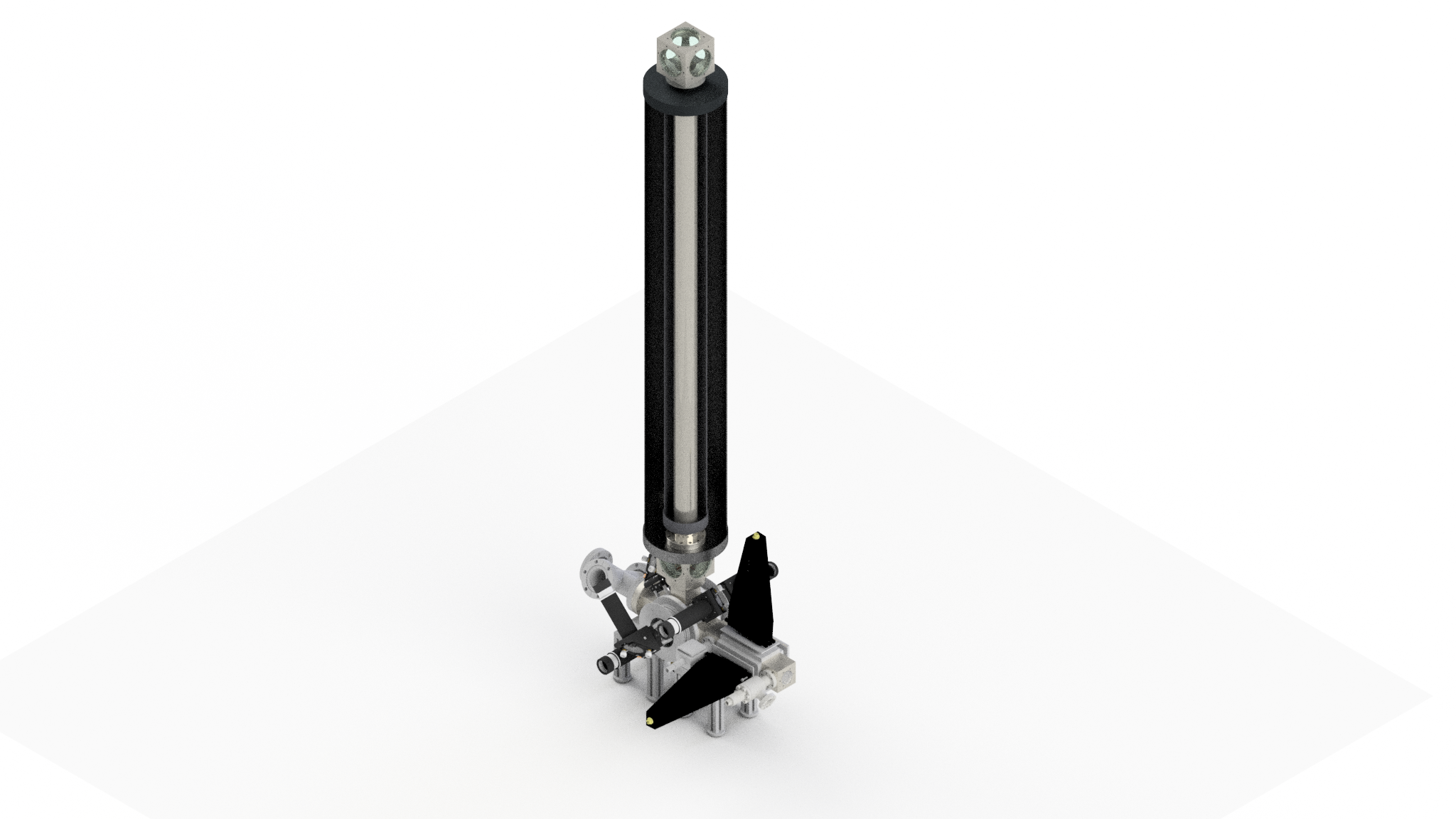The experimental results show that the one-layer passive shield and integrated coil system effectively reduces applied fields by a factor of 18000 over the central region of the inner shield axis. This represents a 120% greater reduction compared to the passive two-layer shield. Additionally, the one-layer passive shield and integrated coil system is 57% lighter and requires a 4.8 times smaller volume than the passive two-layer shield. The power consumption of this system is extremely low, less than 1 mW, and it also provides the opportunity of a design that generates the bias field necessary for interferometry within the same coil system, potentially resulting in no power consumption increase when compared to traditional systems.
Although the results exhibit substantial promise, it is crucial to consider the necessity of control systems, comprising of miniaturised and robust current drivers and reference magnetometers, for active coil systems to function dynamically. However, as the size of the shield increases, it is expected that the weight of control systems would not increase proportionally. Thus, these systems may be suitable for larger missions. Furthermore, if the magnetic shielding system is utilized for atomic experiments, it may be feasible to directly map the magnetic field utilizing the atomic system, eliminating the requirement for a reference magnetometer, e.g. by measuring Zeeman splitting [RD10].
Additionally, further experiments may scrutinize the shielding system in other contexts. For instance, the shielding effectiveness may alter as a result of the applied field magnitude [RD11] and must be evaluated in environments that are similar to the background field profile that a system is expected to encounter in space [RD12]. The potential of the system to generate highly uniform bias fields for atomic experiments should also be examined further.
RD11: N. Holmes et al. “A lightweight magnetically shielded room with active shielding”. In: Scientific Reports 12 (Aug. 2022).
RD12: S. Washburn et al. “Active magnetic radiation shielding system analysis and key technologies”. In: Life Sciences in Space Research 4 (2015), pp. 22–34.
Future Earth gravity missions based on Cold Atom Interferometry gravity gradiometers are being considered at ESA [1], and relevant technology development activities are presently being carried out in partnerships between ESA and different institutions. The laser trapping and cooling stage requires an inhomogeneous magnetic field in order to define the initial position of the atoms. In addition, a homogenous magnetic field profile is required to define the “quantisation axis” of the atoms for interferometry. The quantisation axis aligns the atoms along the magnetic field ensuring that only the desired atomic transitions are driven. Residual inhomogeneous magnetic fields apply a force on the atomic magnetic dipoles that is indistinguishable to the accelerations to be measured [2,3].
Preliminary estimation of the required magnetic shielding material considering multiple layers of mu-metal alloy cylindrical shields to achieve the required magnetic field suppression, yielded a total magnetic shield mass in excess of 70 kg. For mu-metal passive shields, the shielding is more efficient per unit weight if multiple layers are used, due to a multiplicative increase in shielding factor.
In this activity, an optimised magnetic shield design philosophy will be investigated in order to reduce the overall mass. Multi-physics simulations will be carried out to investigate the effects of shielding material characteristics, geometry, and, possibly, active shimming configurations. Internal shielding to cover critical areas will be considered to reduce the requirement on larger outer shielding, reducing the shield weight budget.
References:
[1] Müller, Fabian, et al. "Cold atom gravimetry for planetary missions." Planetary and Space Science 194 (2020): 105110.
[2] Kubelka-Lange, André, et al. "A three-layer magnetic shielding for the MAIUS-1 mission on a sounding rocket." Review of Scientific Instruments 87.6 (2016): 063101.
[3] Vovrosh, Jamie, et al. "Additive manufacturing of magnetic shielding and ultra-high vacuum flange for cold atom sensors." Scientific reports 8.1 (2018): 1-10.

